
Reforming Civil Procedure
by Christopher Enright
This book proposes reforms to procedures for civil litigation that aim to reduce both cost and delay, and to make justice in civil cases involving disputes of facts more accessible.
These reforms are based on a structure that is inherent in litigation and which the author captures with a model labelled 'the model of litigation'. This model rests on the relationships between the three major ingredients of civil litigation, namely the elements of the cause of action, the material facts and the evidence that may prove or disprove these material facts.
The book proposes reforms in three areas:
- pleading a case
- assembling evidence - a process that incorporates what is now done by discovery
- providing low cost legal aid
92 pages softcover
About the Author
Christopher Enright is qualified as a barrister, solicitor and chartered accountant. In a former life he lectured in law and management at various universities. Christopher has a Master of Commerce (Management) degree from the University of New England. He has spent the last few years in working on books that were largely concerned with seeking to enhance the skills of lawyers in working with law. These have been published by Sinch Legal Group.
Details for other books from the series can be found here under the Non-Fiction / Law category or the Sinch website at www.legalskills.com.au.

The purpose of this book is to state the major principles of constitutional law in a simple and straightforward manner. It is designed as a first reader in the subject prior to attacking the intricacies of federal constitutional law later in a law course.
This book describes a structured approach to legal research consisting of 12 steps. The idea is to present a step by step approach to legal research that is as foolproof as human endeavour can make it.
Vast numbers of statutes rule our lives. Many of them are not easy to read. Parts of some are almost impossible to read. This book sets out some ways of drafting statutes that makes them easier to read.
This book starts from the ground up to explain the logical structure and function of a privative clause. It then considers in a critical way the reasoning of the High Court. It points out aspects that need further attention because the court’s reasoning is unsatisfactory. It also points out relevant legal considerations that the court has so far overlooked.
The skill of interpreting a statute is important for one good reason – the outcome of a case commonly enough depends on how a court interprets an ambiguous provision in a statute. Yet despite the importance of interpreting statutes there have been no serious attempts so far to describe an effective method for performing the task.
Lawyers tend to be skills averse. They absorb some way of performing various tasks with law but without explicit or proper instruction. This lessens their ability to learn law as students and to work with law as legal practitioners. This book aims to rectify this problem.
Complaints about legal writing, like billable hours, just keep mounting. This book seeks to solve the problem of lack of understanding by a two-stranded approach.
Little attention is paid in law schools to the reasoning processes for proving facts. This book seeks to rectify this problem. It contains a four-step model for proving facts.
This book explains the task necessary for trial advocacy for a case based on a dispute of facts.
The primary purpose of this book is to provide law students with the text of constitutional legislation and documents. Law students need these in several types of courses. The obvious courses are introductory law courses as well as public law courses on constitutional law, administrative law and human rights.
The aim of this book is to provide an array of exercises that assist students in understanding the Constitution of the Commonwealth of Australia.
This book explains how to answers a problem question. It does this by providing a model. Naturally this model incorporates advice on how to perform the four fundamental skills that are needed to answer a problem question.
Legal education pays little attention to ambiguity. This leads to neglect of two important aspects of ambiguity.
This book explains an effective method for interpreting the object and meaning of statutes of law.
This book explains an effective method for efficiently organising the elements of law and litigation, and describes how these are related to the facts and consequences of a case.
Proving facts in court is an uncertain business. This book describes a model for proof of facts to throw some light on the subject and to make the task more systematic.
Common law is a messy beast. This book seeks first to analyse and explains it and enable readers to work with common laww more effectively.
This book covers the essentials of clear writing techniques and teaches skills on how to plan for and perform well in examinations.
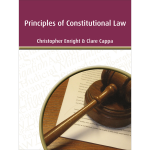 Principles of Constitutional Law
Principles of Constitutional Law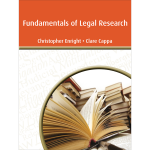 Fundamentals of Legal Research
Fundamentals of Legal Research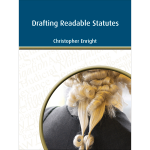 Drafting Readable Statutes
Drafting Readable Statutes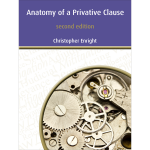 Anatomy of a Privative Clause (2nd Edition)
Anatomy of a Privative Clause (2nd Edition)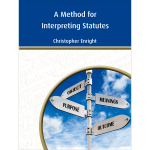 A Method for Interpreting Statutes
A Method for Interpreting Statutes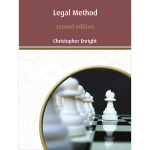 Legal Method (2nd Edition)
Legal Method (2nd Edition)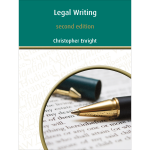 Legal Writing (2nd Edition)
Legal Writing (2nd Edition)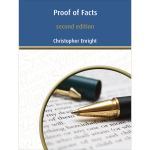 Proof of Facts (2nd Edition)
Proof of Facts (2nd Edition)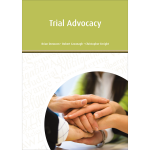 Trial Advocacy
Trial Advocacy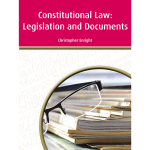 Constitutional Law: Legislation and Documents
Constitutional Law: Legislation and Documents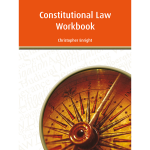 Constitutional Law: Workbook
Constitutional Law: Workbook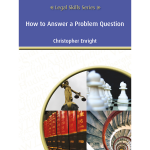 How To Answer a Problem Question
How To Answer a Problem Question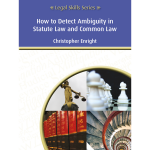 How To Detect Ambiguity in Statute Law and Common Law
How To Detect Ambiguity in Statute Law and Common Law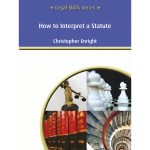 How To Interpret a Statute
How To Interpret a Statute How To Organise Law and Litigation
How To Organise Law and Litigation How To Prove Facts
How To Prove Facts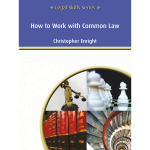 How To Work with Common Law
How To Work with Common Law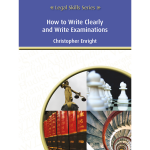 How to Write Clearly and Write Examinations
How to Write Clearly and Write Examinations